A closer look at Preliminary Research Office's Bauhaus Museum Dessau entry
By Bustler Editors|
Wednesday, Jun 17, 2015
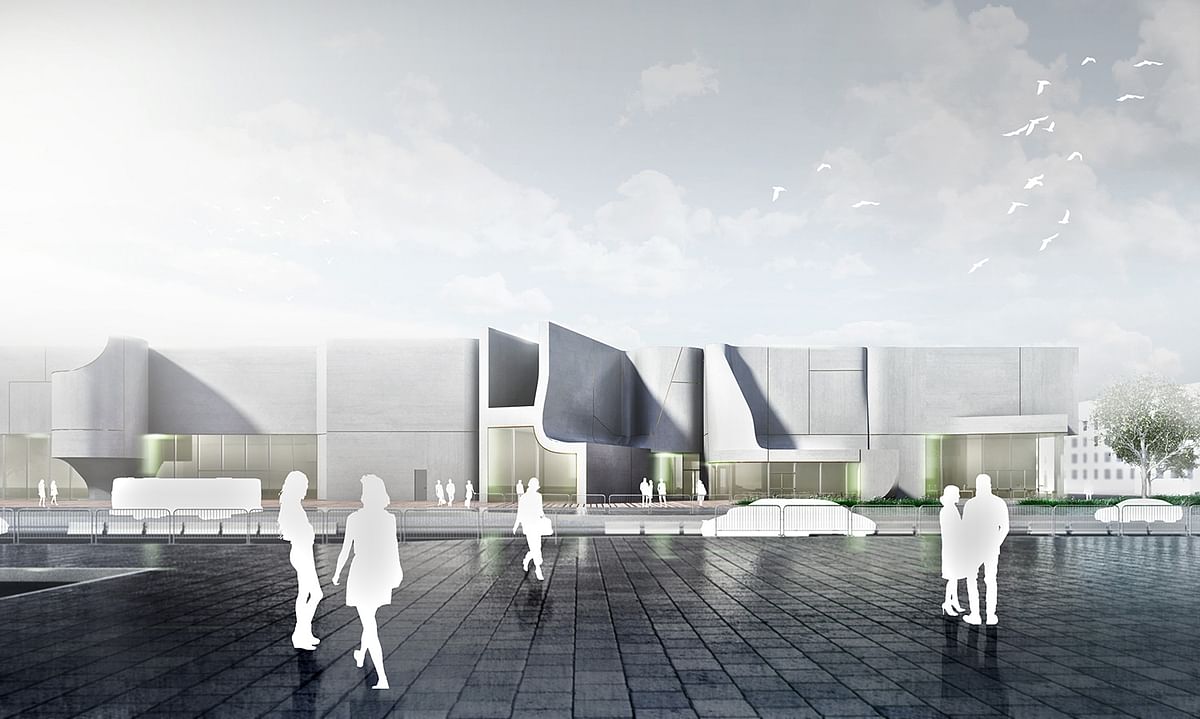
Related
In preparation for the Bauhaus centennial anniversary in 2019, the Foundation Bauhaus Dessau and the City of Dessau-Roßlau announced the Bauhaus Museum Dessau open competition this past March. Response to the first phase was strong, with 815 submitted entries from 60 countries. The winning proposal would best reconnect the Bauhaus Museum as a 21st-century icon for Dessau.
The jury selected up to 30 entries that will be further developed by their teams until July 31, 2015. On September 3, the winning design will be chosen, and the winning team is expected to be commissioned for the project by the end of this year. The new Bauhaus Museum Dessau is slated for completion by 2019.
Yaohua Wang (whose intricate works we've previously featured), Dingliang Yang, Tianci Han, Shouquan Sun, and Yitao Wang of architecture practice Preliminary Research Office entered the global competition with their proposal "Bulging Wall(s)". They didn't advance to the next phase, but their entry is still worth checking out! Read more about it below.
Project description:
Bulging Wall(s)
"In this proposal, we firstly focus on the study of the independent architectural objects, including the stairs, ramp and rooms which wrap up different programs inside. These objects are placed along the wall in a panoramic sequence to emphasize the dynamism among them, simultaneously thematize their clear yet unconventional relationships. These objects bulging out of the wall create visible tensions and distortion which visually blur the separation between inside and outside, yet containing programmatic spaces within. On the outside, this bulging wall is in rich dialogues to the city and the park; and on the inside, it generates rich circulatory experience and spatial organisation."

For the city: Building as a Bulging wall on site
"The building is located in between a city street and a public park. This long bar building is not just a segregation between them, but more of an urban interface that connects these two sides. The bulging objects on the wall are freely manipulated in various ways such as stretching, pressing, opening up or sucking in. These distinct design gestures make the relationship between the bulging wall and the city ambiguous yet full of intimate interactions, which aims at changing the static urban context adjacent to visual pleasure with diverse spatial experiences for the people coming from both sides."

For the building: Two bulging walls to generate the interior space
"For the space inside the building, these two parallel walls introvertedly influence on the spatial experience and interior atmospheres. The bulging objects also innervate directly inside to the otherwise regular box space which was originally organised for an exhibition space. On the ground floor, the bulging objects on the wall compose together a continuous yet constantly changing interior surface. This continuous surface extend or repress the interior space rhythmically and wrap up almost all the noneexhibition programs serving the public..."
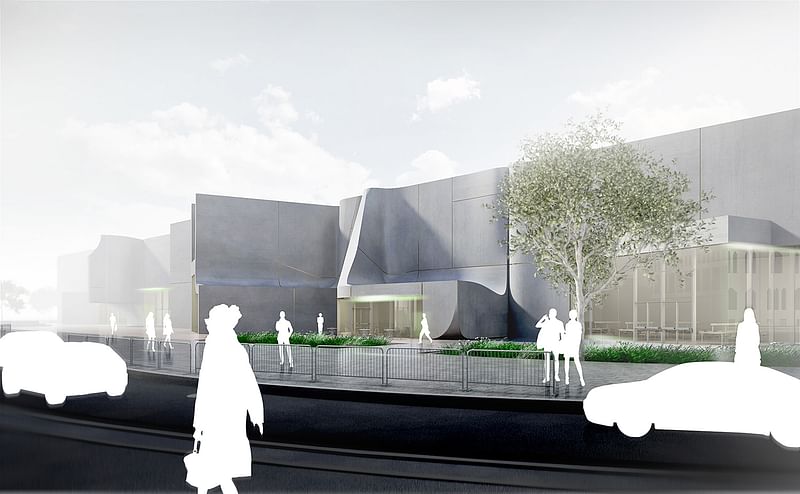
"On the first floor, the bulging wall extend vertically to delineate a dynamic boundary for the exhibition hall where the visitors can delve into visual connections through the apertures on the boundary to the space below. At the same times, this dynamic boundary generates tension to the exhibition space thus enriching the spatial experience of the visiting circulations."

"Meanwhile, the bulging objects on the wall enhance the vertical circulation between ground floor and first floor. The temporary and permanent exhibition spaces are superimposed on the same location on two floors. The amenable accesses realised by the vertical connections through bulging objects ensures certain spatial flexibility that different parts of the permanent exhibition can be converted to temporary exhibition."
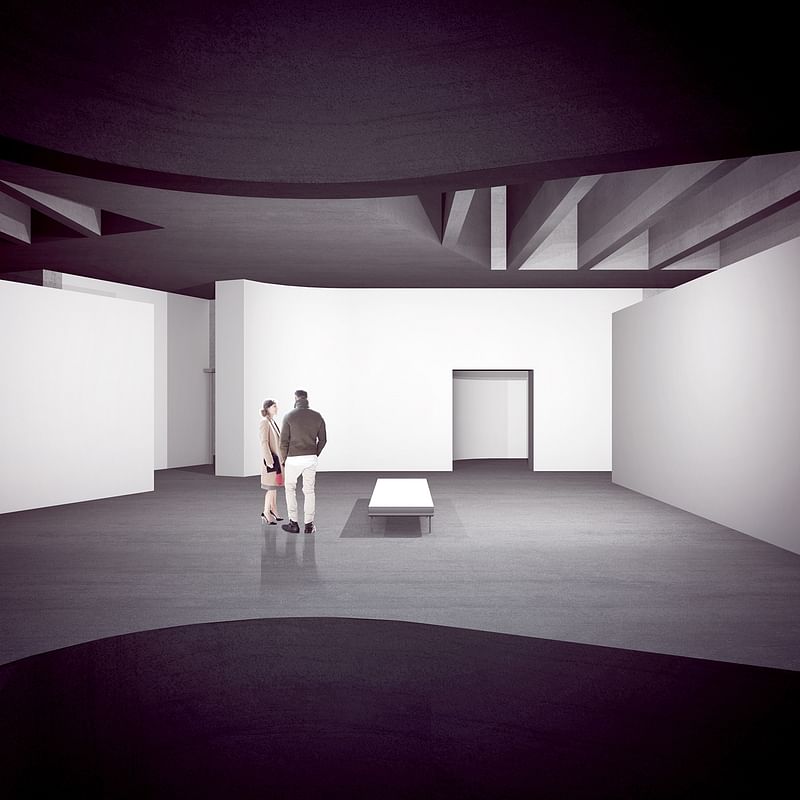
"This flexibility allows visitors enter to the first floor and to choose different sequences of exhibition narratives. It can be imagined as an unconventional fiction which is composed of switchings between regular depiction, interposed narration and flashbacks. It tells the history and spirit of Bauhaus in a distinct way."

More project images in the thumbnails below. Learn more about the Bauhaus Museum Dessau competition here.
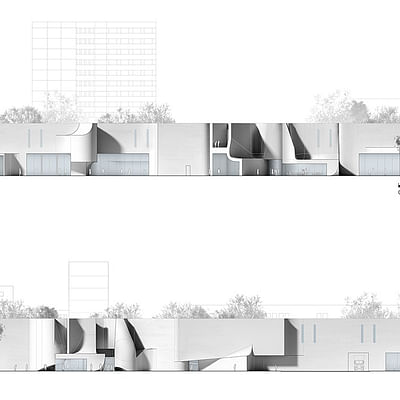
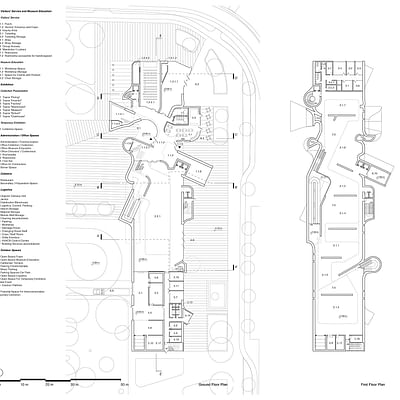

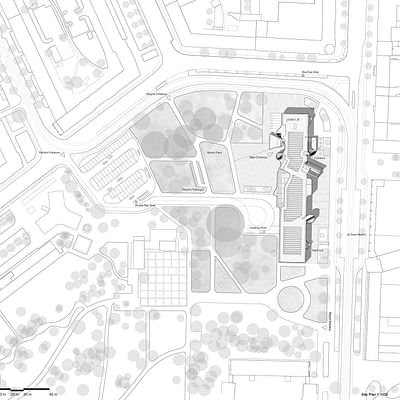
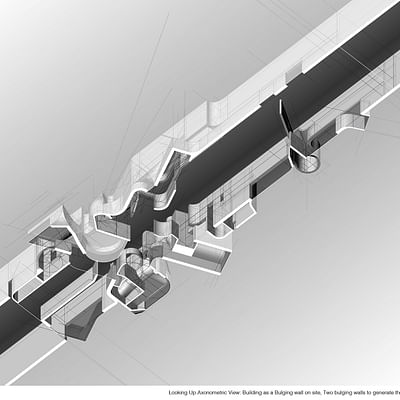
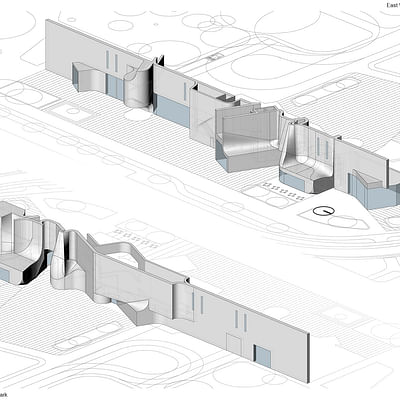
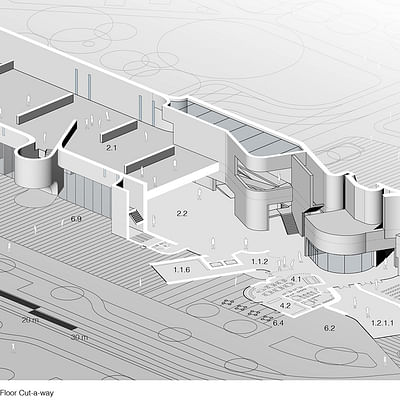
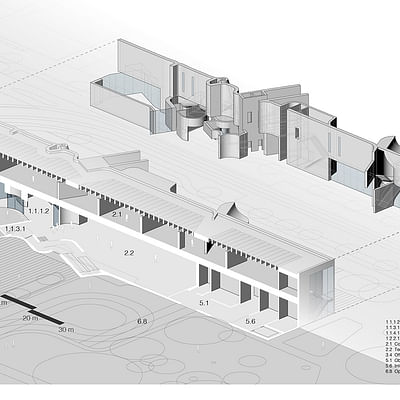

Share
0 Comments
Comment as :